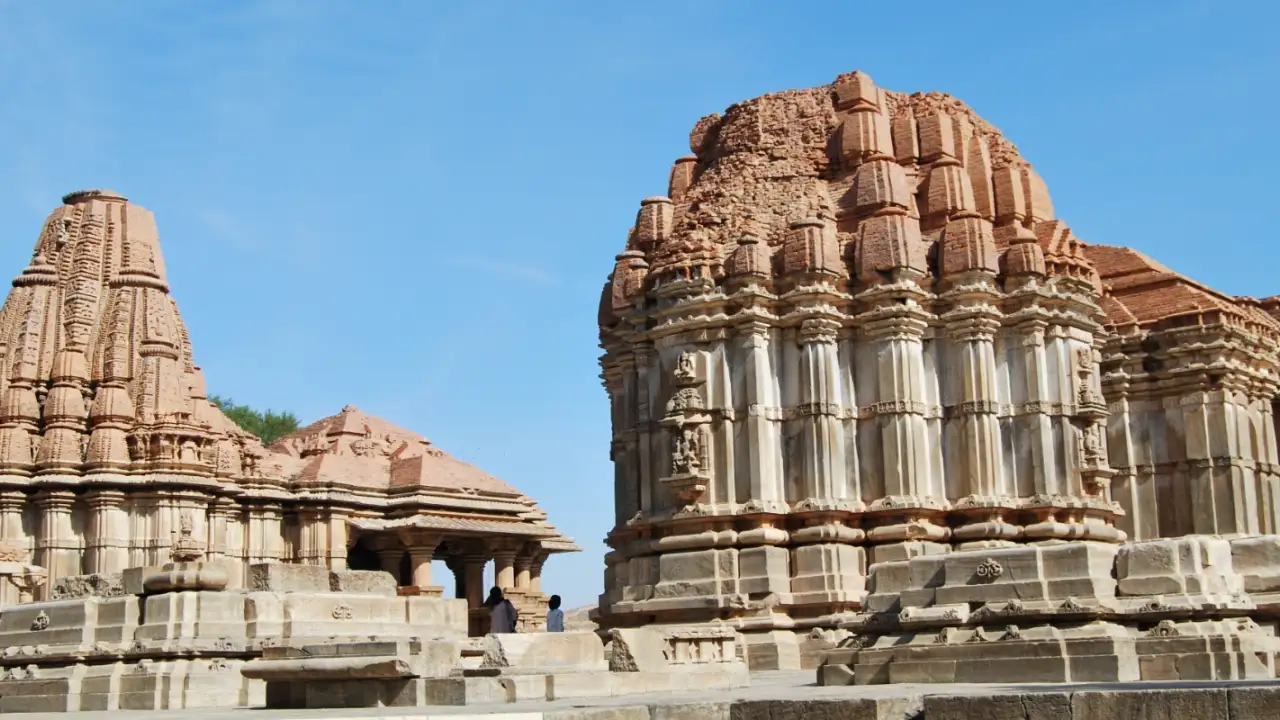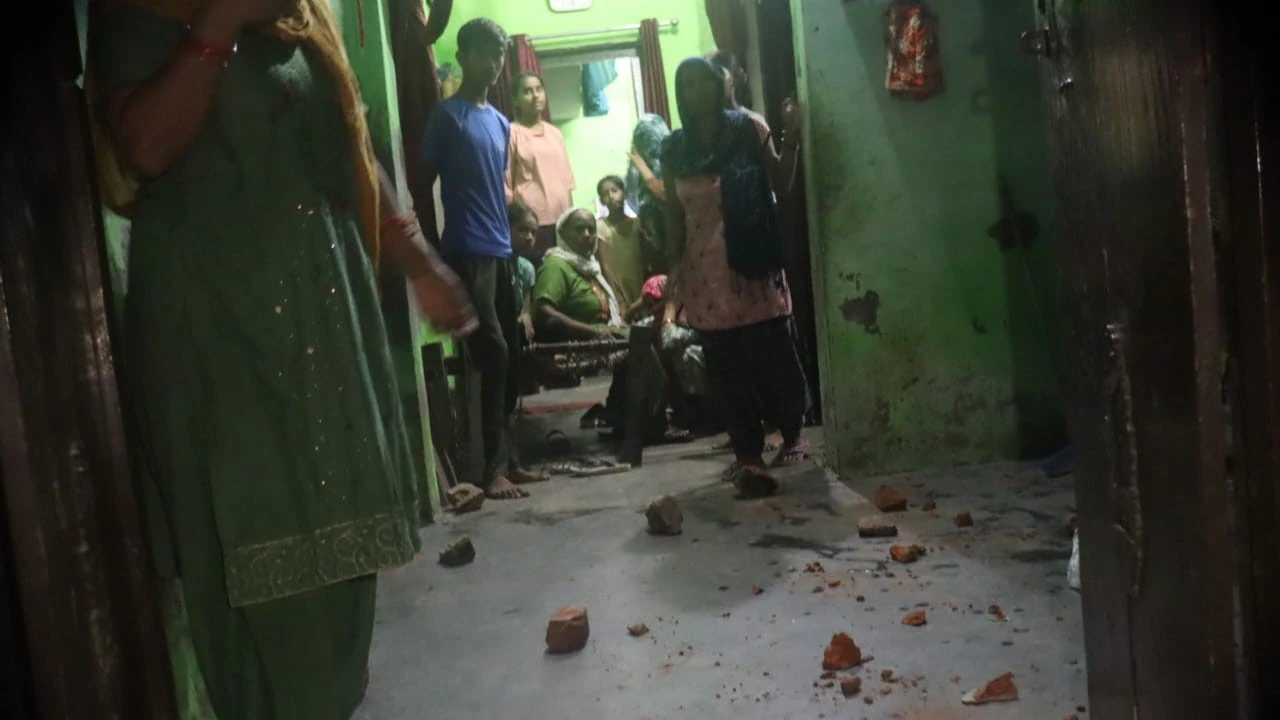THIS Udaipur Temple Honours The Bond Between Mother-in-law And Daughter-in-law! Guess Its Name
By Sakshi Arora
Copyright timesnownews

Nestled just 22 km away from Udaipur, the Sahasra Bahu is considered a popular relic of India’s rich past. Also referred to as the Sas Bahu temple, these twin Hindu temples, which date back to the 10th century AD, offer a glimpse of devotion, craftsmanship and architectural excellence. The temple is located in the quaint village of Nagda, and these temples are believed to be the hidden gems of Rajasthan that offer a rich blend of faith and family values from a century ago. History of the Sas Bahu temple The Sahasra Bahu owes its name to Lord Vishnu and is also known as Sahasra Bahu or ‘the one with a thousand arms.’ Over time, the name of the temple was morphed to Sas Bahu, and the temple came to be known as the Sas Bahu temple. The temples were damaged by the invasions of the Delhi Sultanate in the 13th century. However, there were many efforts made to ensure that the remains still remain and have an original charm. The Sahasra Bahu Temples were built by the King Mahipala of the Kachchhwaha dynasty, who ruled over a part of Mewar. According to popular folklore, the wife of the king was a devotee of Lord Vishnu. The king constructed a temple for his queen to worship her favourite deity, and later, the king’s son married a woman who was a follower of Lord Shiva. In order to please the daughter-in-law, the king built another temple for Lord Shiva next to the Vishnu Temple. This is how the temple establishes a unique bond between mother-in-law and daughter-in-law. Nagda is an important site of these temples that holds historical importance as the earliest capital of the Mewar Kingdom. The destination is home to a big cluster of 108 temples, which also adds to up allure of the region for travellers and historians alike. Significance of Sahasra Bahu The Sahasra Bahu not only stands as a testament to the cultural heritage of Rajasthan but also exhibits a perfect reflection of the clear tolerance and harmony that existed in the region. The temples showcase how the king respected the faith of his wife and daughter-in-law and how two different sects of Hinduism can coexist without any problem. The temple also focuses on the dedication and devotion of the king and his subjects behind the creation of this temple in a remote and arid place. Architecture of the temple The beautifully carved gateways, also referred to as ‘Makaratorana,’ are one of the intricate artistry of the temple inside. While you approach the temple complex, ornate pillars, delicate carvings, and elegant domes offer a Nagara style of architecture, which is characterised by the lofty shikaras. The temples share a common platform which faces a temple tank and is completely similar in design, but one is larger than the other. Ten subsidiary shrines also surround the larger temple, while the smaller one has four. The temples have a sancturary, a mandapa with side projections and an open porch. The shikharas of the temples are made of brick, and the shikara of the smaller temple has been restored, while the larger one is still truncated. Below the platform, there is a Torana-style entrance screen, with four columns and a decorative cusped arch in the centre. The interiors of the temple are delicately carved with scenes from Hindu mythology, geometric patterns and animal figures. The ceilings of the temples have paintings of lotus flowers, inscriptions in the Sanskrit and Prakrit languages, which also mention the name of the king and his family. Who should visit this temple? For tourists, history buffs, architecture enthusiasts and spirituality geeks who seek a blend of history and architectural splendour away from the busy crowds, the Sas Bahu temples are an important destination. The temple narrates the stories of faith and coexistence that are still relevant today. The temple is open around the clock and welcomes all who wish to experience the ancient era. Disclaimer: This article is based on popular beliefs. Times Now is not responsible for the accuracy or completeness of the information and facts provided here.



